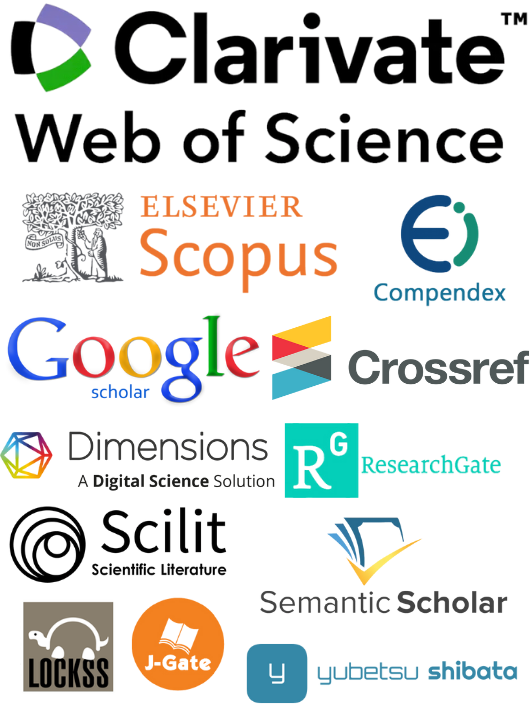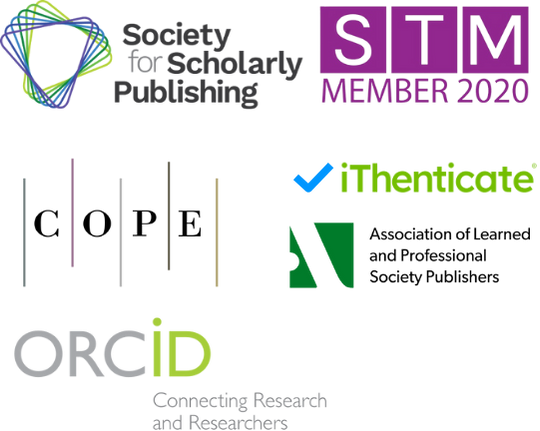High-Performance Cloud-Based System Design and Performance Optimization Based on Microservice Architecture
DOI:
https://doi.org/10.71222/a0y6gj89Keywords:
microservice architecture, cloud-based system, performance optimization, service communication, automated expansionAbstract
With the rapid advancement of cloud computing and microservice architecture, designing cloud systems based on microservices has demonstrated significant potential for delivering efficient, flexible, and highly scalable services. As cloud systems expand in scale and service complexity increases, however, microservice architectures face substantial challenges in maintaining optimal performance. This study explores strategies for constructing high-performance cloud systems within a microservice framework, focusing on three critical aspects: module partitioning, inter-service communication mechanisms, and distributed data management. Specifically, it examines methods to optimize the granularity of microservice modules to balance system maintainability with performance efficiency, and investigates communication patterns that minimize latency and reduce inter-service overhead. The study further addresses strategies for distributed data handling, ensuring consistency, fault tolerance, and scalability across heterogeneous service nodes. To enhance overall system performance, measures such as efficient service interaction protocols, automated scaling and load balancing, and comprehensive performance monitoring coupled with proactive fault detection are proposed. Collectively, these strategies provide a structured approach to designing microservice-based cloud systems that are resilient, adaptive, and capable of sustaining high throughput under dynamic workloads.
References
1. S. Ragul, S. Tamilselvi, S. Rengarajan, and S. Guna Sundari, "Cloud computing and machine learning-based electrical fault detection in the PV system," IETE Journal of Research, vol. 69, no. 12, pp. 8735-8752, 2023. doi: 10.1080/03772063.2023.2215214
2. V. Mahor, R. Padmavathy, and S. Chatterjee, "Secure and lightweight authentication protocol for anonymous data access in cloud assisted IoT system," Peer-to-Peer Networking and Applications, vol. 17, no. 1, pp. 321-336, 2024. doi: 10.1007/s12083-023-01590-x
3. S. Ma, M. Chen, and S. Mei, "Research on the optimal model for the evaluation of new power system investment projects based on the cloud model-DS evidence theory-TOPSIS method," Energy Science & Engineering, vol. 12, no. 1, pp. 22-38, 2024. doi: 10.1002/ese3.1570
4. G. Huang, X. Wu, F. Guo, H. Dong, L. Yu, and J. She, "A novel open-source cloud control platform with application to tracking control under disturbance," Journal of the Franklin Institute, vol. 360, no. 18, pp. 14509-14522, 2023. doi: 10.1016/j.jfranklin.2023.06.024
5. A. Chaudhari, B. Gohil, and U. P. Rao, "A novel hybrid framework for cloud intrusion detection system using system call sequence analysis," Cluster Computing, vol. 27, no. 3, pp. 3753-3769, 2024. doi: 10.1007/s10586-023-04162-z
6. M. To, and P. Parekh, "STRATEGIC DIRECTION SUPPORTED: Leadership," 2018.
7. R. Gupta, and T. Alam, "An efficient federated learning based intrusion detection system using LS2DNN with PBKA based lightweight privacy preservation in cloud server," Multimedia Tools and Applications, vol. 83, no. 15, pp. 44685-44697, 2024. doi: 10.1007/s11042-023-17401-7
8. B. M. Kavya, S. Mallikarjunaswamy, N. Sharmila, M. Shilpa, M. Komala, R. Shivaji, and G. S. Pavithra, "An Efficient Machine Learning-Based Power Management System for Smart Grids Using Renewable Energy Resources," In 2024 Second International Conference on Networks, Multimedia and Information Technology (NMITCON), August, 2024, pp. 1-7. doi: 10.1109/nmitcon62075.2024.10698819
9. M. Alabi, "Machine Learning for Predictive Maintenance in Renewable Energy Systems," September, 2024.
10. F. Mosaiyebzadeh, S. Pouriyeh, R. M. Parizi, M. Han, and D. M. Batista, "Intrusion detection system for ioht devices using federated learning," In IEEE INFOCOM 2023-IEEE Conference on Computer Communications Workshops (INFOCOM WKSHPS), May, 2023, pp. 1-6. doi: 10.1109/infocomwkshps57453.2023.10225932
11. I. Ait Abdelmoula, S. I. Kaitouni, N. Lamrini, M. Jbene, A. Ghennioui, A. Mehdary, and M. El Aroussi, "Towards a sustainable edge computing framework for condition monitoring in decentralized photovoltaic systems," Heliyon, vol. 9, no. 11, 2023.
12. A. Raza, S. Iqbal, and M. Adnan, "Expert And Intelligent Systems for Peer-To-Peer Energy Trading in Nano Grids: A Comprehensive Survey," Authorea Preprints, 2025. doi: 10.22541/au.175225928.86757531/v1
Downloads
Published
Issue
Section
License
Copyright (c) 2025 Jin Li (Author)

This work is licensed under a Creative Commons Attribution 4.0 International License.


